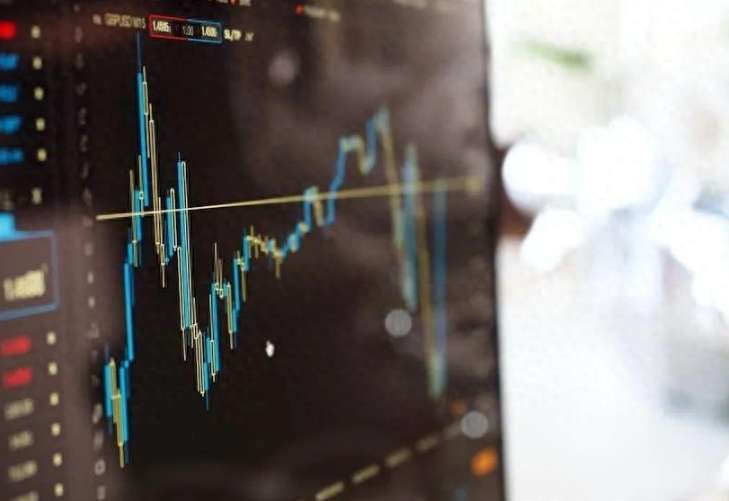Behavioral Economics Shapes Markets, Investments
Advertisements
The financial markets are often viewed as a battlefield where rational investment is the sought-after trophyYet, the reality is that the unpredictable nature of the markets, combined with human emotions, makes achieving rationality a challenging endeavorEnter behavioral economics— a field that transcends traditional economic theories by integrating psychological insights into the investment decision-making processThis approach provides investors with a deeper understanding of their choices, revealing the irrational behaviors that can steer them away from sound investment practicesIn examining key principles from behavioral economics, we uncover how these concepts can aid investors in navigating the chaotic waters of financial markets.
At the core of behavioral economics are two significant biases: emotional bias and cognitive biasEmotional biases stem from fluctuations in our feelings, such as fear, greed, and hope
These emotions can lead investors to make impulsive decisions in response to market movementsFor instance, during an exhilarating bull market, investors may become overly optimistic due to greed, driving them to purchase assets indiscriminately in the hopes of landing a larger returnConversely, during a market downturn, fear takes the reins, prompting investors to sell off their holdings hastily, often at a loss, in a classic case of panic sellingSuch behavior encapsulates the emotional rollercoaster many investors experience, leading to a cycle of "buy high, sell low" that undermines long-term profitability.
Cognitive biases, on the other hand, relate to inherent thought processes that cloud judgmentWhen faced with complex financial information, investors often simplify their decision-making paths, which can lead to misguided outcomesA notable example is the anchoring effect, where individuals unduly rely on initial information they encounter, disregarding subsequent data
- Commodity Futures: Trend Analysis & Trading Strategies
- Sectors Benefiting from Federal Reserve Rate Cuts
- The Fiery Clash of Travel Consumption and OTA Platforms
- What Factors Are Driving the Surge in Gold Prices?
- Indian Rupee Plummets!
Consider a scenario where a stock has previously peaked at an all-time highEven if the stock has significantly depreciated, investors may perceive it as undervalued, neglecting to assess any fundamental changes that might have occurred since its high pointConfirmation bias also impacts investors, as they tend to seek out information that aligns with their existing beliefs while dismissing contradictory evidence, thereby skewing their perspective and inhibiting objective analysis.
Given these tendencies towards emotional and cognitive biases, how can behavioral economics assist investors in making more rational decisions? A foundational concept here is emotional managementThis involves the cultivation of self-awareness and emotional regulation, allowing investors to evade impulsive decisions during volatile market conditionsFor example, when faced with a sudden market crash, behavioral economics advocates for a calm examination of the scenario rather than yielding to excessive pessimism
By maintaining an even keel, investors can make well-informed decisions that align with their long-term objectives rather than reacting emotionally to short-term fluctuations.
Another essential aspect of behavioral economics is the implementation of a "cool judgment" mechanismThis approach often starts with the establishment of concrete profit-taking and stop-loss strategies that prepare investors for inevitable market shiftsWith predefined rules in place, investors can act systematically instead of being swayed by immediate feelings of fear or euphoriaRegularly reviewing investment portfolios with an eye towards long-term goals helps investors make adjustments that better their positions rather than succumbing to the allure of fleeting gains or losses.
Furthermore, the principles of behavioral economics encourage the practice of contrarian thinkingBy cultivating the ability to act cautiously when markets are teetering on optimism—such as during bubbles—and to seek opportunities amidst gloom—during bear markets—investors are better positioned to avoid common emotional traps while identifying undervalued assets

Educational initiatives, such as workshops and seminars, can provide invaluable insights, enabling investors to recognize and mitigate their emotional and cognitive barriers, ultimately enhancing the quality of their investment decisions.
In essence, behavioral economics sheds light on the irrational behaviors that plague investors, while simultaneously furnishing them with practical tools and strategies for improvementIts focus on emotional management and calm judgment empowers investors to make more reasoned choices in an ever-changing financial landscapeThrough ongoing education and real-world application, investors can develop a personalized investment philosophy that prioritizes sustainable growth and wealth accumulation.
As we proceed in this dynamically shifting financial reality, integrating behavioral insights will become ever more crucialInvestors can benefit from understanding that wisdom in the markets is not merely about crunching numbers or analyzing trends; it requires a deep understanding of how emotions and biases can influence decision-making
Leave A Reply